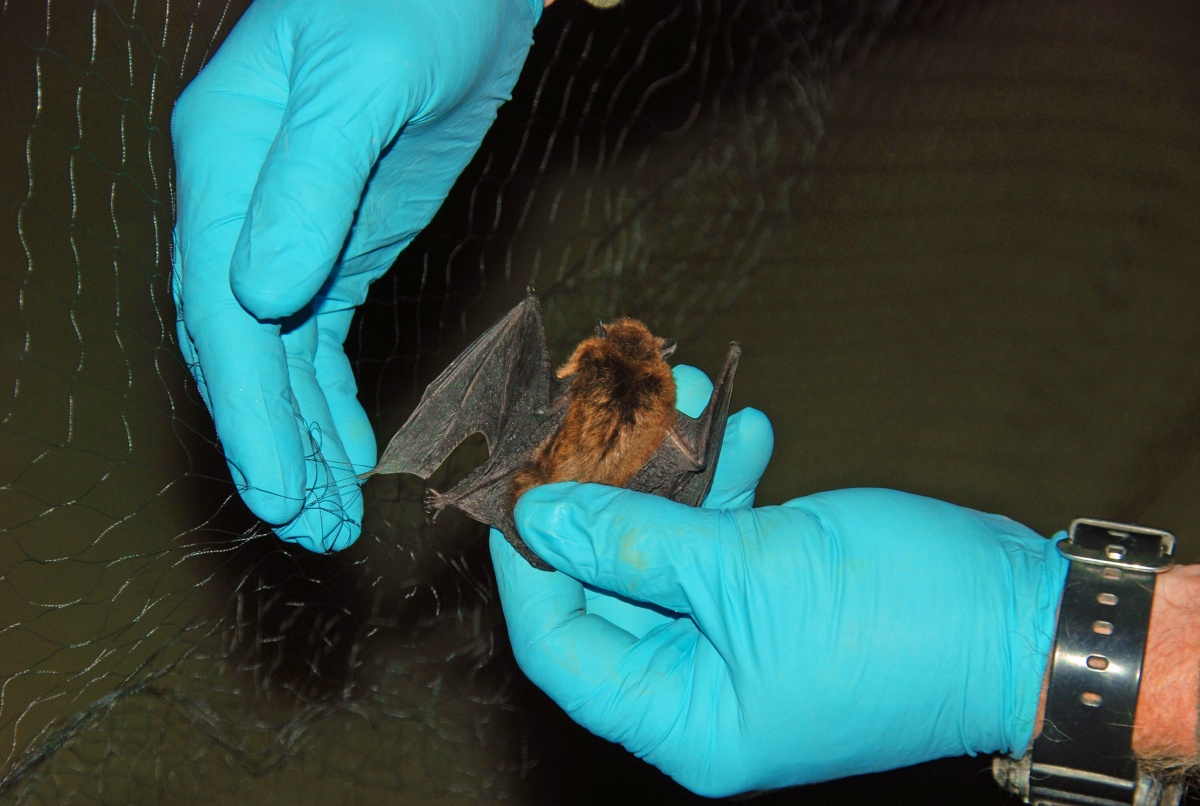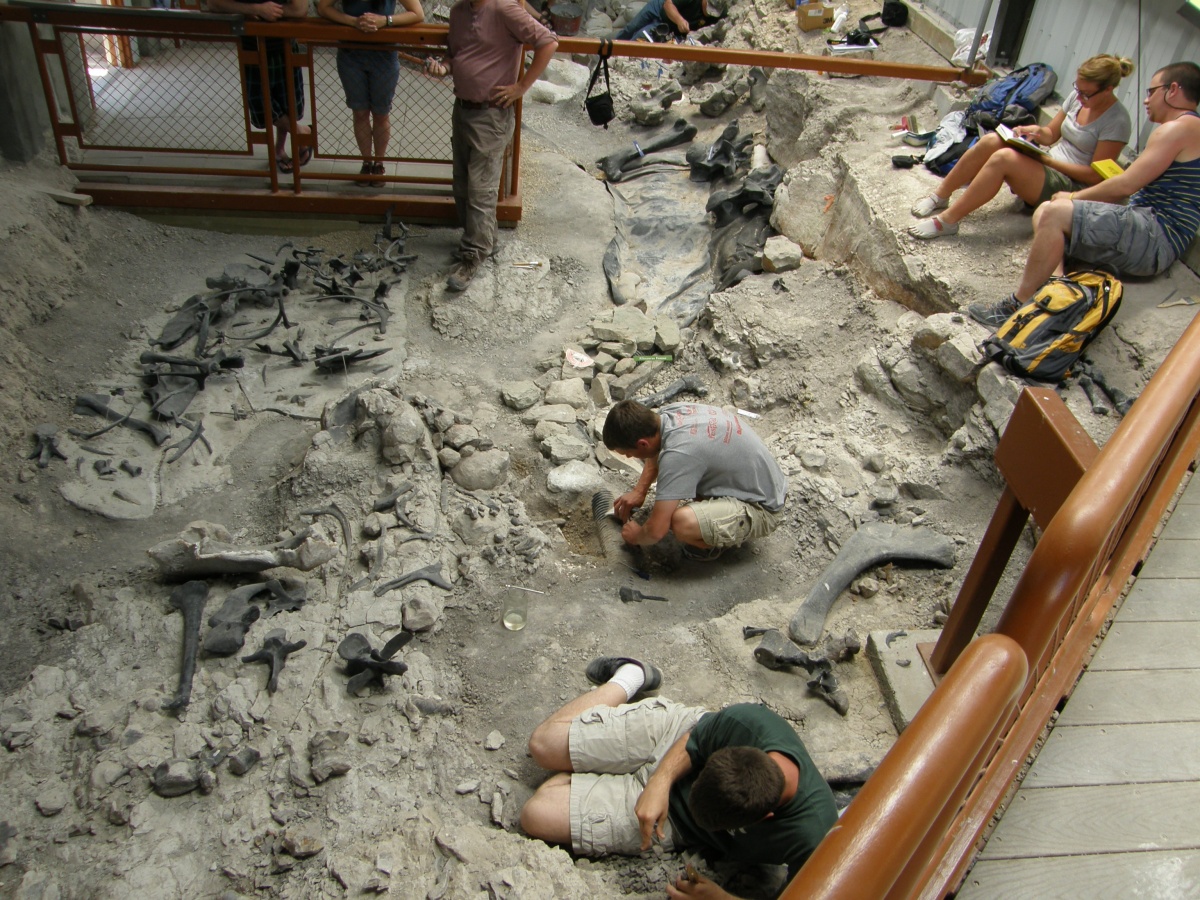Conducting Science
The array of opportunities for conducting scientific research on BLM-managed public lands includes geology, botany, climate change, paleontology, archaeology, biology, anthropology and others. Right now, researchers are discovering new species of dinosaurs, studying best practices for rangeland management, measuring butterfly diversity, reintroducing endangered species, examining the dynamics of riparian areas and much more.

Encompassing a variety of landscapes across more than 32 million acres, the National Conservation Lands comprise a natural scientific laboratory that attracts scientists from around the world. A number of NCL units were designated by Congress or the President specifically for their varied objects and values of scientific interest. The BLM also offers opportunities for scientific study through its Science Centers, Research Natural Areas, and Adaptive Management Areas. Local BLM managers can help researchers find the best opportunities, based on the needs of the study. For more information and to determine if any special permissions may be required, contact the nearest BLM Field Office to discuss your proposed research. You can find a directory of BLM offices here.
Many research projects are conducted through partnerships with scientists and scientific organizations, including universities, government agencies, tribes, special-focus groups and non-governmental organizations. If your organization is a member of a Cooperative Ecosystem Studies Unit (CESU) network, it may be even easier for you to partner with us. Learn more about the CESU network.

